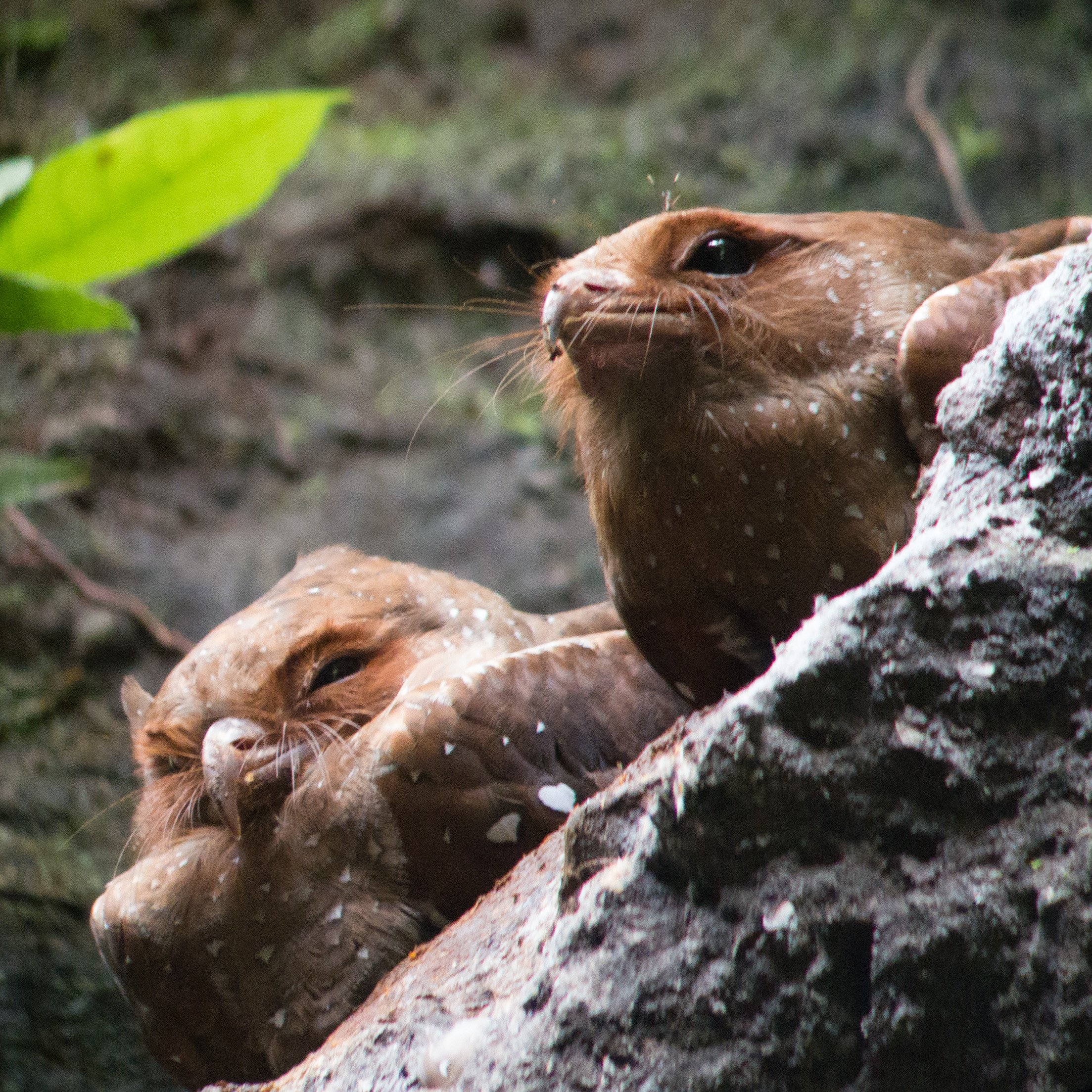We love birds here at IFLScience and frankly, the weirder the better. So, when we came across the delightfully odd creature that is the oilbird (Steatornis caripensis), we simply had to find out more – and well, what we discovered was too bonkers not to share.
Oilbird origins
ADVERTISEMENT GO AD FREE
If you thought that there was something vaguely familiar about the bird in the header of this article, you’re onto a winner; oilbirds are thought to be relatives of the similarly strange nightjars and potoos, and also feature fun little whiskers around their beaks.
They can be found throughout neotropical habitats in their native South America, as far south as Bolivia, and in the north, countries like Colombia and Venzuela. Here, oilbirds are known as “guácharo”, but their other common name has a particularly grim origin.
It was given by German naturalist Alexander von Humboldt, after learning that oilbirds’ incredibly plump chicks were a valuable resource to Venezuela’s Indigenous People; they made use of the young birds by killing them and extracting their plentiful fat to be used in cooking and as torch fuel.

The face you make when your annoying sibling gets turned into torch fuel and you don’t (left).
Bat-like behavior
Where did people find the chicks destined to become part of a recipe? In one of what you’ll soon find out is a plethora of bat-like behaviors, they found them in caves. Until relatively recently, it was thought that they roosted in caverns exclusively, in colonies that could sometimes number in the thousands.
However, a 2009 study found that they actually only spend every third day in a cave. The rest of the time, individuals were observed “sitting quietly in trees in the rainforest where they regurgitate seeds,” the study authors wrote. An unusual hobby, but whatever floats your boat, I guess.
Nonetheless, oilbirds have plenty of other features that only add further fuel (too soon?) to the bat allegations. They’re nocturnal, which isn’t particularly unusual for birds – but they also fly, eat fruit, and navigate by echolocation. In fact, oilbirds are thought to be the only nocturnal, flying, fruit-eating bird in the world.
ADVERTISEMENT GO AD FREE
Like their airborne mammalian idols, echolocation helps oilbirds to find their way in the darkness of caves, but in contrast to most bat species, we humans can actually hear it. They also send out a series of short but harsh screams and screeches, which may well be why they’re called guácharo, given that means “wailer” in Spanish.
The bat comparison ends with navigation, however. While bats also use echolocation to find food, there’s no strong evidence to suggest that oilbirds do the same – but don’t worry oilbirds, we still love you anyway.
Source Link: Oilbirds Have Strong Bat Energy And We’re Absolutely Here For It